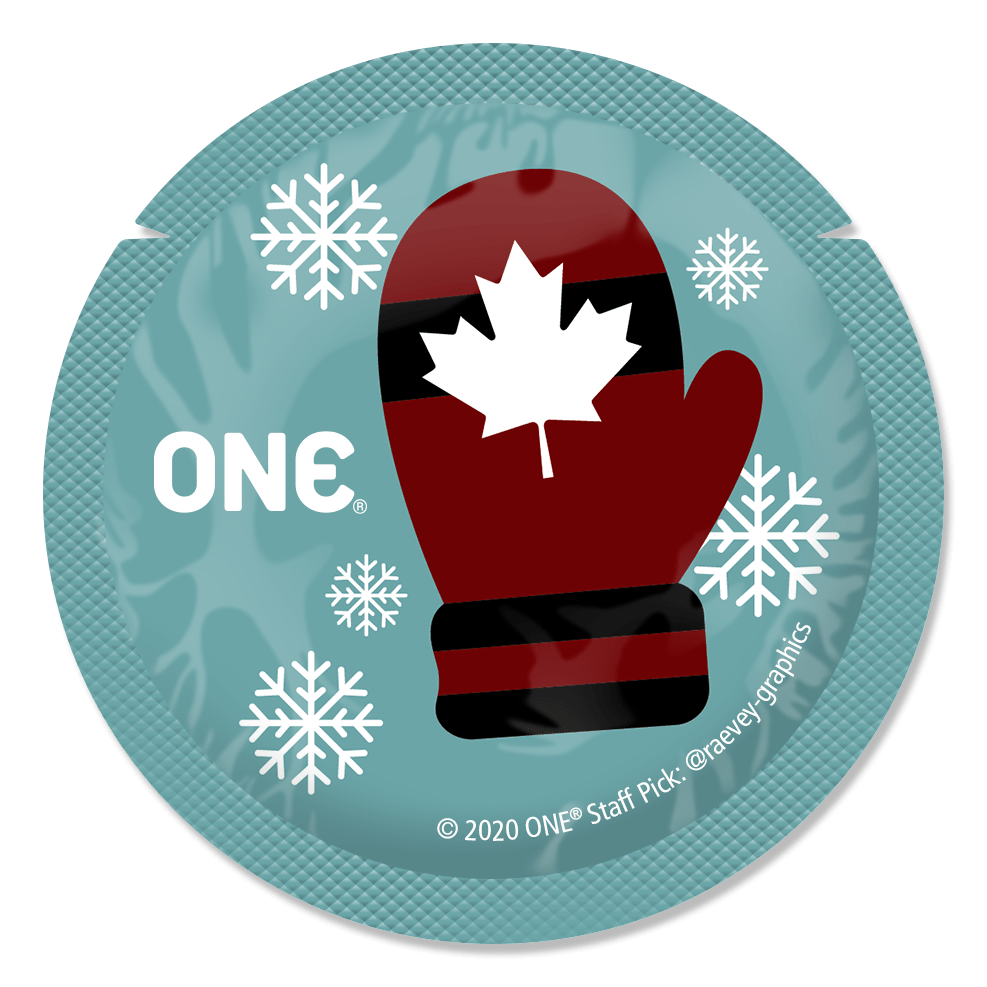The advent of the birth control pill revolutionized reproductive health for millions of people when it was first approved by the FDA in 1960 – that’s right, more than 60 years ago! At the time, it was the first widely available form of birth control in daily pill form to prevent pregnancy (though of course, other methods of birth control have existed throughout history). When used correctly, experts estimate that the birth control pill is up to 99% effective at preventing pregnancy when used consistently and correctly.
Today, the birth control pill remains as popular as ever. A study released by the CDC in 2018 found that of the more than 72 million American women aged 15-49 who reported using at least one form of contraception, about 12.6% of women were taking birth control in pill form. Wow!
Why is this type of birth control so popular? Let’s talk about it: here’s how it works and how it can be used safely for your contraceptive needs!
How Does Birth Control Work?

The birth control pill falls within the category of hormonal birth control, as it provides a daily dose of hormones that are naturally produced within the body to effectively prevent pregnancy. Technically, there are two different kinds of birth control pills: combination pills and progestin-only pills. Combination pills have both estrogen and progestin hormones, whereas progestin-only pills only have the latter. Aside from that difference, they both function very similarly.
Like a one-two punch, there are two processes that prevent pregnancy with the birth control pill. Firstly, the pill blocks ovulation. What does this mean? During ovulation, an egg is released from the ovary and pushed down through the fallopian tubes. The hormones in the birth control pill disrupt this process, so an egg is never released. Think of it as an egg ghosting a blind date with millions of sperm?
Which brings us to the second process: blocking fertilization. The pill prompts the body to thicken the mucus of the cervix blocking sperm from “swimming” through to fertilize the egg. Basically, the cervix beefs up security and denies millions of sperm entry.
Important Note: Though the hormonal makeup of the pill and emergency contraception are similar in nature, they are not prescribed or recommended to be used in the same way. Emergency contraception also blocks ovulation when used up to 5 days after unprotected sex, but is not prescribed for daily use like the birth control pill.
Other Perks of Birth Control
Because of the way the birth control pill works with the body’s naturally produced hormones and reproductive cycles, it can also be prescribed for the treatment of other medical conditions in addition to pregnancy prevention.
If you are experiencing any of the below conditions, it may be worth discussing with your doctor whether the birth control pill is a worthwhile option for you:
- Regulating menstrual cycle
- Alleviating cramps, PMS (premenstrual syndrome) and anemia
- Helping with PCOS (polycystic ovarian syndrome)
- Lowering risk of ovarian and endometrial cancers
- Clearing up complexion and avoiding unwanted hair growth
Important Notes on Safety with Birth Control
Though this method of contraception provides peace of mind for millions of people around the country (whether for pregnancy prevention or other health conditions), it is important to discuss a few important safety concerns to keep in mind.
Side Effects 
Firstly, with hormonal birth control, there can be a number of side effects, some of which can be serious and/or unpleasant. Each body will react differently to medication, but here are a number of the most common side effects of the birth control pill:
- Headaches
- Nausea
- Sore breasts
- Changes in your periods
- Spotting (bleeding between periods or brown discharge)
While these side effects should start to subside after a few months, if you continue to experience any of the above, it is important to discuss with a health care professional – there are many contraceptive options on the market and they may recommend a different approach that is more comfortable for you and your body!
Prevention of STIs

The birth control pill is incredibly effective at preventing pregnancy, however it cannot prevent STIs (sexually transmitted infections). Most STIs are transmitted through direct contact with skin or bodily fluids, neither of which the birth control pill alone can prevent.
The good news is that you can achieve pregnancy prevention and avoid the transmission of STIs through sex by pairing birth control pills and condoms. That’s right, condoms are up to 98% effective at preventing pregnancy and can protect against HIV, chlamydia, gonorrhea and other STIs. Condoms provide a latex barrier to prevent direct skin-to-skin contact, as well as contact with bodily fluids.
Tips and Tricks for Combining Birth Control and Condoms

Birth control and condoms are a dream team for preventing pregnancy and the transmission of STIs. We have compiled some helpful tips and tricks for combining the effectiveness of both of these contraceptive/safer sex methods into an easy to follow list below:
- If you have been prescribed birth control pills, make sure to follow your daily dosage closely (your doctor will explain how and when each dose should be taken)
- Before using a latex condom, make sure to check the wrapper for the expiration date
- Avoid using teeth or any sharp objects to open condoms, this can damage them!
- Make sure you are putting the condom on correctly (think: hat, not shower cap)
- Add a drop of lube in the reservoir tip of the condom for a smooth sexual experience
- Pinch the tip and roll down the full length of the penis
- Add additional lube to keep things suave and silky – make sure to use a silicone or water based lubricant and not oil based lubricants (e.g. lotions, creams), as the latter can cause damage to latex and create greater risk of STI transmission
- If a condom breaks or is damaged, carefully withdraw, roll it back up the shaft of the penis and discard in a trash can (not the toilet or a sink!)
- After a satisfactory sexual experience (hopefully), make sure to carefully dispose of the condom (and its contents) by tying a knot at the base and throwing away
- A simple rinse in the shower with soap and water or unscented wipe will do the trick for clean up, no heavy duty douches or fragrant products needed
- If the condom does not fit correctly (slippage, erection loss due to the condom being too tight, or bunching and squeezing), consider MyONE® Condoms and its 52 different sizes
For more detailed tips and tricks, check out our post here. You can also browse our selection of sexual health products, including premium condoms and lube here!




Share:
Do Women Get The Same Amount of Pleasure From Sex?
Anal Sex: What Do You Need to Do to Prepare?